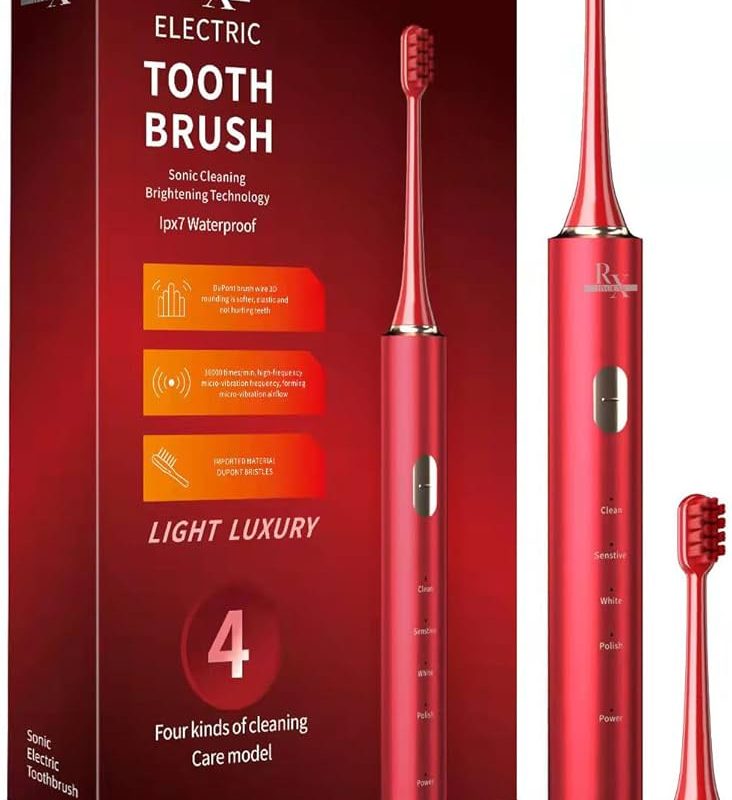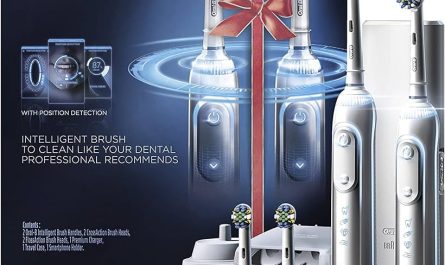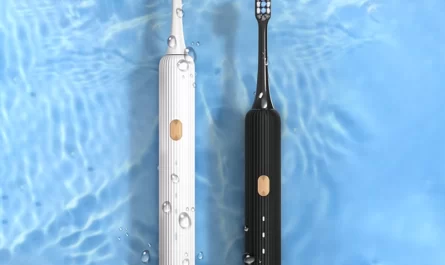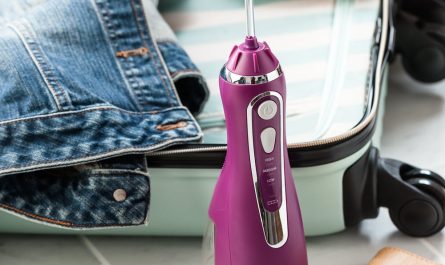Introduction:
Maintaining cleanliness and hygiene of your electric toothbrush
Electric toothbrushes have become increasingly popular due to their efficient cleaning capabilities. However, it is essential to clean and maintain these toothbrushes properly to ensure optimal oral hygiene. In this comprehensive guide, we will explore the step-by-step process of effectively cleaning your electric toothbrush to minimize bacterial growth and prolong its lifespan. By following these guidelines, you can maintain a clean and hygienic electric toothbrush for a healthier smile.
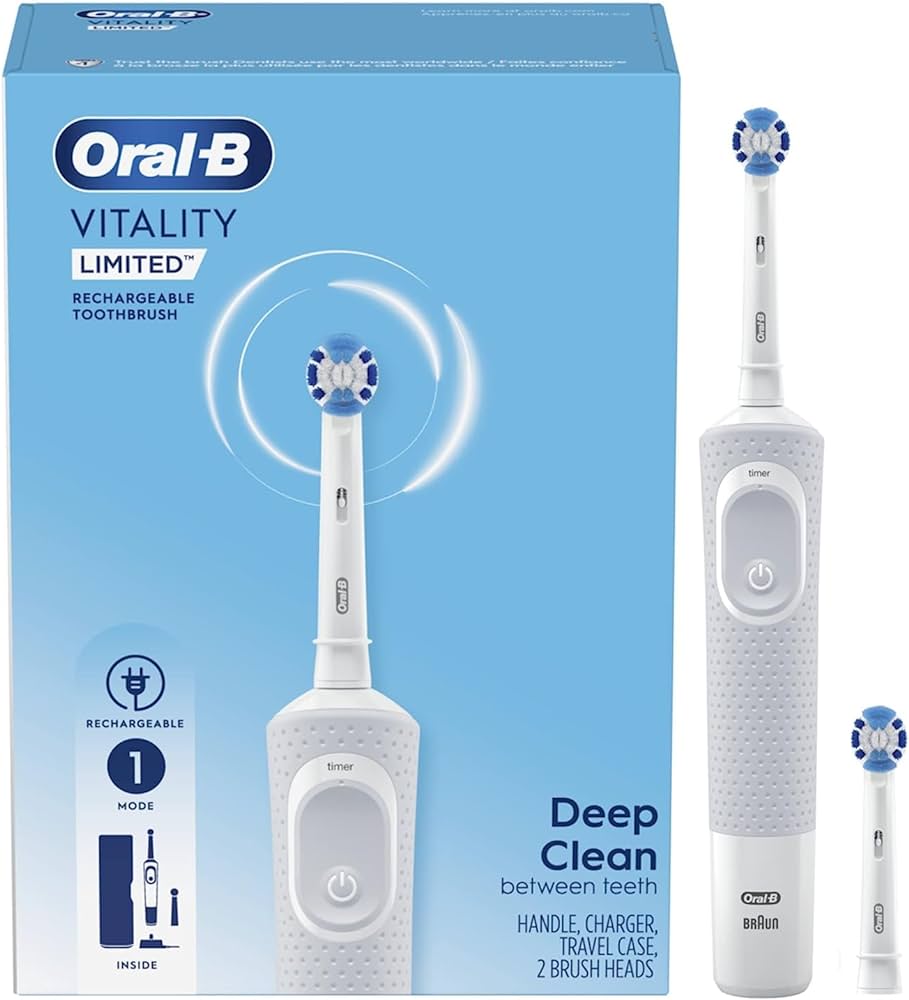
How to Properly Clean Your Electric Toothbrush: A Comprehensive Guide
-
Understanding the Importance of Cleaning Your Electric Toothbrush
a. Bacterial buildup: Electric toothbrushes can harbor bacteria, plaque, and saliva, particularly in the bristle area and the crevices around removable brush heads. Regular cleaning helps prevent bacterial growth.
b. Oral hygiene maintenance: A clean toothbrush promotes better oral health by effectively removing plaque and debris from your teeth and gums, reducing the risk of cavities and gum disease.
c. Prolonging the lifespan of your toothbrush: Proper cleaning and maintenance can extend the lifespan of your electric toothbrush, ensuring it functions optimally and remains hygienic for an extended period.
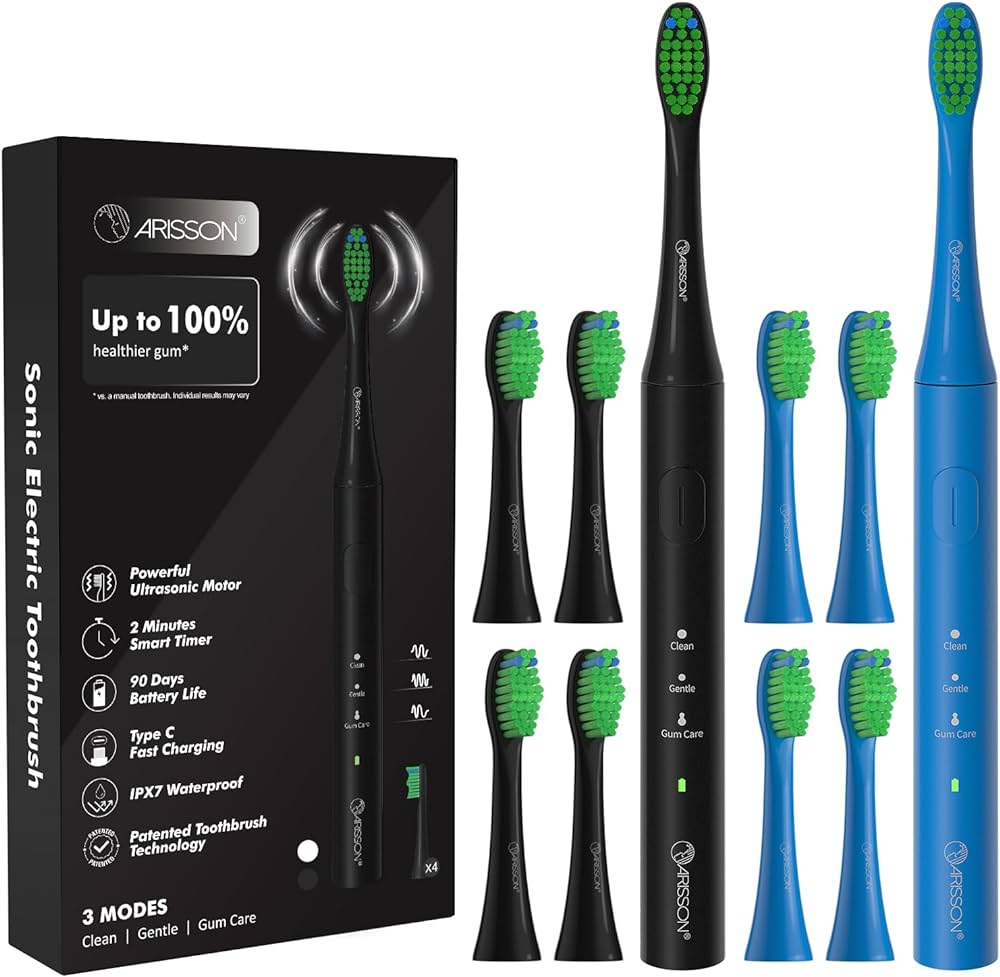
-
Step-by-Step Guide to Cleaning Your Electric Toothbrush
a. Step 1: Detach the Brush Head
i. Gently pull the brush head away from the handle. Most electric toothbrushes have a release button or an easy-to-detach mechanism for this purpose.
ii. If applicable, rinse the detachable brush head under warm water to remove any loose debris or toothpaste residue.
b. Step 2: Clean the Brush Head
i. Prepare a mixture of warm water and antibacterial soap or a solution of equal parts water and hydrogen peroxide. You can also use a mild dish soap or a specialized toothbrush cleaner.
ii. Submerge the brush head in the cleaning solution and use a clean toothbrush or your fingers to gently scrub the bristles, focusing on removing any trapped debris or bacteria.
iii. Rinse the brush head thoroughly with warm water to ensure all soap or cleaning solution is removed.
iv. Shake off any excess water from the brush head, or gently pat it dry with a clean towel.
c. Step 3: Clean the Handle and Charging Base
i. For electric toothbrush handles that are not waterproof, avoid immersing them in water. Instead, lightly dampen a clean cloth or sponge and wipe the handle to remove any visible debris or residue.
ii. For waterproof handles, rinse them under warm running water to remove any toothpaste residue or moisture. Gently dry the handle using a clean towel or cloth.
iii. Similarly, clean the charging base or stand using a damp cloth to remove any buildup or residue.
d. Step 4: Clean the Toothbrush Casing or Body
i. Use a damp cloth or a cotton swab dipped in water or rubbing alcohol to clean the casing or body of the electric toothbrush. Pay attention to any grooves or buttons that may accumulate debris or bacteria.
ii. Wipe dry with a clean cloth to remove any moisture.
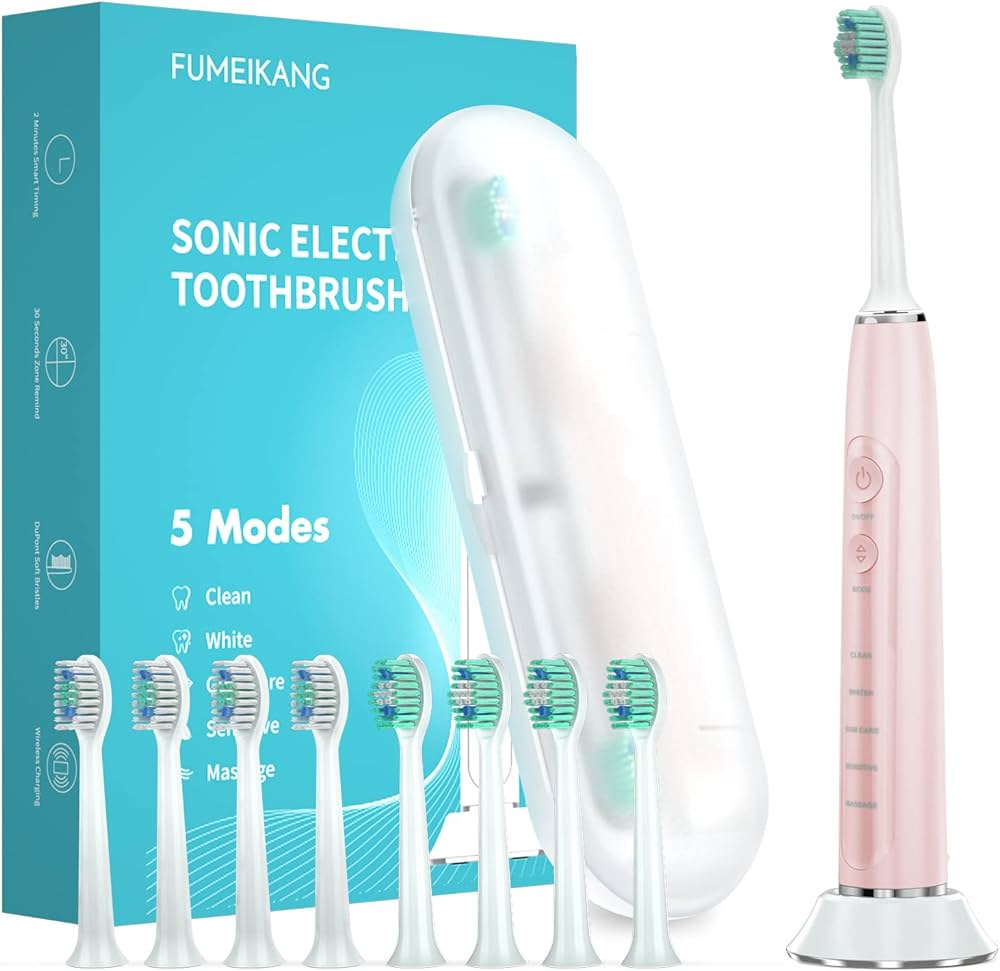
-
Additional Tips for Maintaining a Clean Electric Toothbrush
a. Rinse after each use: Rinse the brush head thoroughly under warm water after every brushing session to remove any residual toothpaste, saliva, or debris.
b. Avoid sharing toothbrushes: Electric toothbrushes are personal hygiene items and should not be shared with others to prevent the spread of bacteria or viruses.
c. Replace brush heads regularly: Follow the manufacturer’s instructions for replacing the brush heads. In most cases, it is recommended to replace them every three to four months, or sooner if the bristles become frayed or worn.
d. Store properly: Keep your electric toothbrush upright in a clean, dry location, allowing it to air dry completely between uses. Avoid covering or storing it in a closed container or travel case while damp, as this can contribute to bacterial growth.
e. Consider UV sanitizers: UV sanitizers designed specifically for electric toothbrushes can help eliminate bacteria, viruses, and mold on the brush heads. Follow the manufacturer’s instructions for proper usage and maintenance of the UV sanitizer.
f. Consult the manufacturer’s instructions: Refer to the user manual or guide provided by your electric toothbrush manufacturer for specific cleaning instructions and any additional care recommendations.
-
Proper Hygiene While Using an Electric Toothbrush
a. Brushing technique: Follow proper brushing techniques recommended by dental professionals, such as brushing for two minutes, using gentle circular motions, and focusing on every tooth surface.
b. Rinse your mouth after brushing: Always rinse your mouth thoroughly with water or an antimicrobial mouthwash after brushing to remove any remaining toothpaste or debris.
c. Regular dental check-ups: Schedule regular dental check-ups to maintain optimal oral health. Your dentist can assess your oral hygiene practices and provide personalized guidance for using an electric toothbrush effectively.
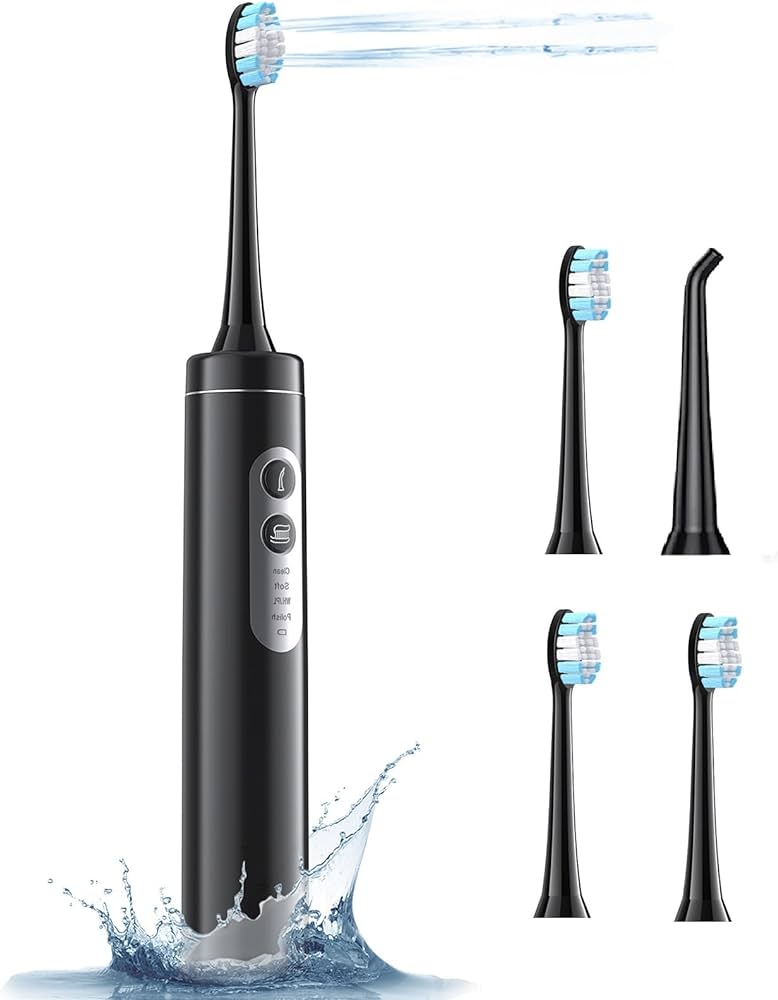
-
Addressing Common Concerns and FAQs
a. Can I clean my electric toothbrush with mouthwash?
While you can use mouthwash to briefly soak your detachable brush heads for added cleanliness, it is not recommended to regularly clean the entire electric toothbrush with mouthwash. Mouthwash may contain alcohol or other ingredients that can damage the internal components of the toothbrush. Stick to using a mild soap or toothbrush cleaner for regular cleaning.
b. Can I use hydrogen peroxide to clean my electric toothbrush?
Hydrogen peroxide can be used as a cleaning solution for the brush head. Prepare a solution by mixing equal parts hydrogen peroxide and water, then soak the brush head for a short period. However, hydrogen peroxide should not be used to clean the handle or other parts of the toothbrush, as it may damage certain materials.
c. How often should I clean my electric toothbrush?
You should clean your electric toothbrush thoroughly at least once a week, focusing on the detachable brush head and handle. However, it’s good practice to rinse and shake off excess water from the brush head after each use to remove debris and prevent bacterial growth.
d. Should I use a dishwasher to clean my electric toothbrush?
No, it is not recommended to clean your electric toothbrush in a dishwasher. The high heat and powerful water jets in a dishwasher can damage the delicate components and compromise the functionality of the toothbrush. Stick to the manual cleaning methods outlined in this guide for the best results.
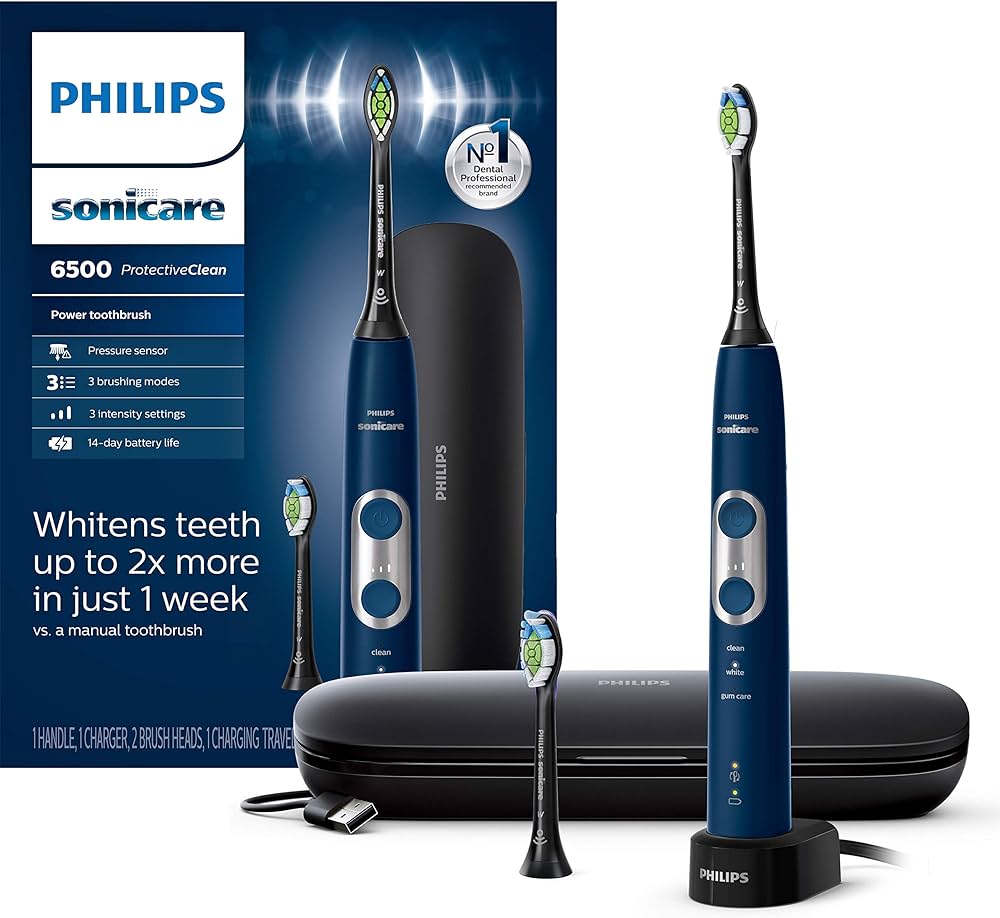
Conclusion: A Clean Electric Toothbrush for a Healthy Smile
Cleaning your electric toothbrush regularly is essential for maintaining good oral hygiene and preventing bacterial buildup. By following the step-by-step guide and additional tips outlined in this comprehensive guide, you can effectively clean your electric toothbrush and promote a healthy smile. Remember to replace brush heads regularly, store your toothbrush properly, and consult the manufacturer’s instructions for any specific cleaning recommendations. With consistent cleaning and proper maintenance, your electric toothbrush will remain clean, hygienic, and effective in maintaining optimal oral health.

